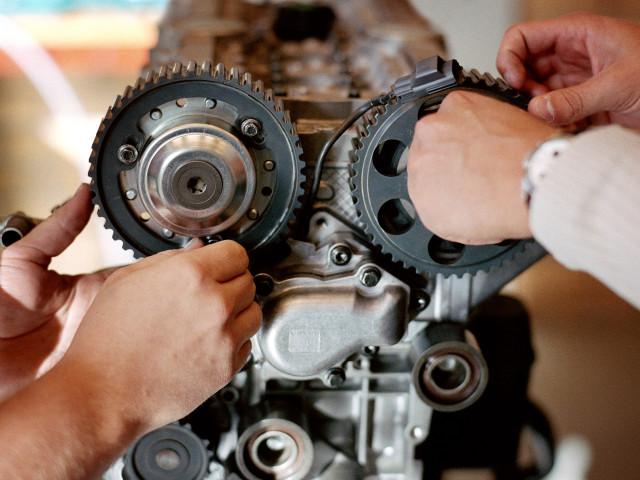HM1011 Ergonomics in Product Development 7.5 credits

Content and learning outcomes
Course contents
Contents of the lectures:
- Survey, physical ergonomics, system ergonomics, cognitive ergonomics
- Personal injuries, the human body, anthropometry
- Methods, limitations and recommendations
- Sound and vibrations, biomechanics, technical work psychology
- Product development: methods, creativity, patent, project leading, ergonomics, and design
- Personal injury risks, ergonomics and economics, real cases, and research
Three two-hour laboratory experiments.
Reflexion and report of a scientific paper.
A project with practical product development with focus on ergonomics.
Intended learning outcomes
The overall aim of the course is that the students as engineers shall be able to contribute to the development of better work environments/products and reduce personal injuries. Through practical work in the field of ergonomics the students concur basic knowledge in ergonomics and its importance in product development.
- With their own words explain fundamental concepts and fields such as personal injuries, human physical and psychological possibilities and constraints, over-exertion injuries and methods for risk management and product development,
- Explain and practically use some methods used in ergonomics, e.g. Borg’s subjective rating scales, the mannequin programme Jack, emg- methods and sound measurement,
- Methodically and in a structured way develop a prototype, test and evaluate it from en ergonomic perspective,
- Find, read, summarize, and reflect over scientific papers,
- Document and communicate the result of their own work orally and in writing and study and judge others work in a structured way
Literature and preparations
Specific prerequisites
Konstruktionselement, HM1010 (previously 6S2413), and Innovations- och designmetodik, HM1018 (previously 6S3403), or corresponding courses.
Recommended prerequisites
Equipment
Literature
- Boghard, M, m.fl. (Red) (2008) Arbete och teknik på människans villkor. Prevent.ISBN 978-91-7365-037-3.
- Power Tool Ergonomics, Evaluation of Power Tools. Atlas Copco, Bo Lindqvist, 2007. Delas ut.
- Utdelat material på föreläsningar samt föreläsningsmaterial som finns på kursens Bilda-hemsida.
Examination and completion
If the course is discontinued, students may request to be examined during the following two academic years.
Grading scale
Examination
- PRO1 - Project, 3.0 credits, grading scale: P, F
- TEN1 - Examination, 3.0 credits, grading scale: P, F
- ÖVN1 - Exercises, 1.5 credits, grading scale: P, F
Based on recommendation from KTH’s coordinator for disabilities, the examiner will decide how to adapt an examination for students with documented disability.
The examiner may apply another examination format when re-examining individual students.
Other requirements for final grade
Written exam (TENA; 3 cr.)
Passed project (PROA; 3 cr.)
Lab assignments and reports (ÖVN1; 1.5 cr.)
Opportunity to complete the requirements via supplementary examination
Opportunity to raise an approved grade via renewed examination
Examiner
Ethical approach
- All members of a group are responsible for the group's work.
- In any assessment, every student shall honestly disclose any help received and sources used.
- In an oral assessment, every student shall be able to present and answer questions about the entire assignment and solution.